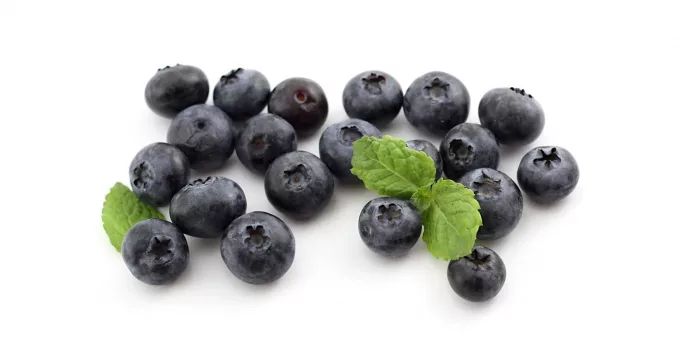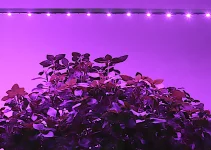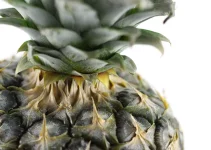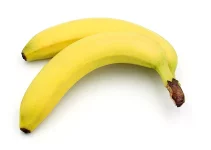The straightforward answer to the question do blueberries have seeds is: they’re fruits, of course they have seeds.
Blueberries absolutely have seeds but the fruit is not the seed. The seeds are pillowed inside and the fruit acts like a bun.
By the way, a very interesting fact is that blueberries, cranberries, bananas, tomatoes, eggplants, avocado and grapes are true botanical berries. On the other hand, raspberries, strawberries, mulberries and blackberries are not berries from a botanical perspective.
Table of Contents
Do Blueberries Have Seeds? Of Course They Do
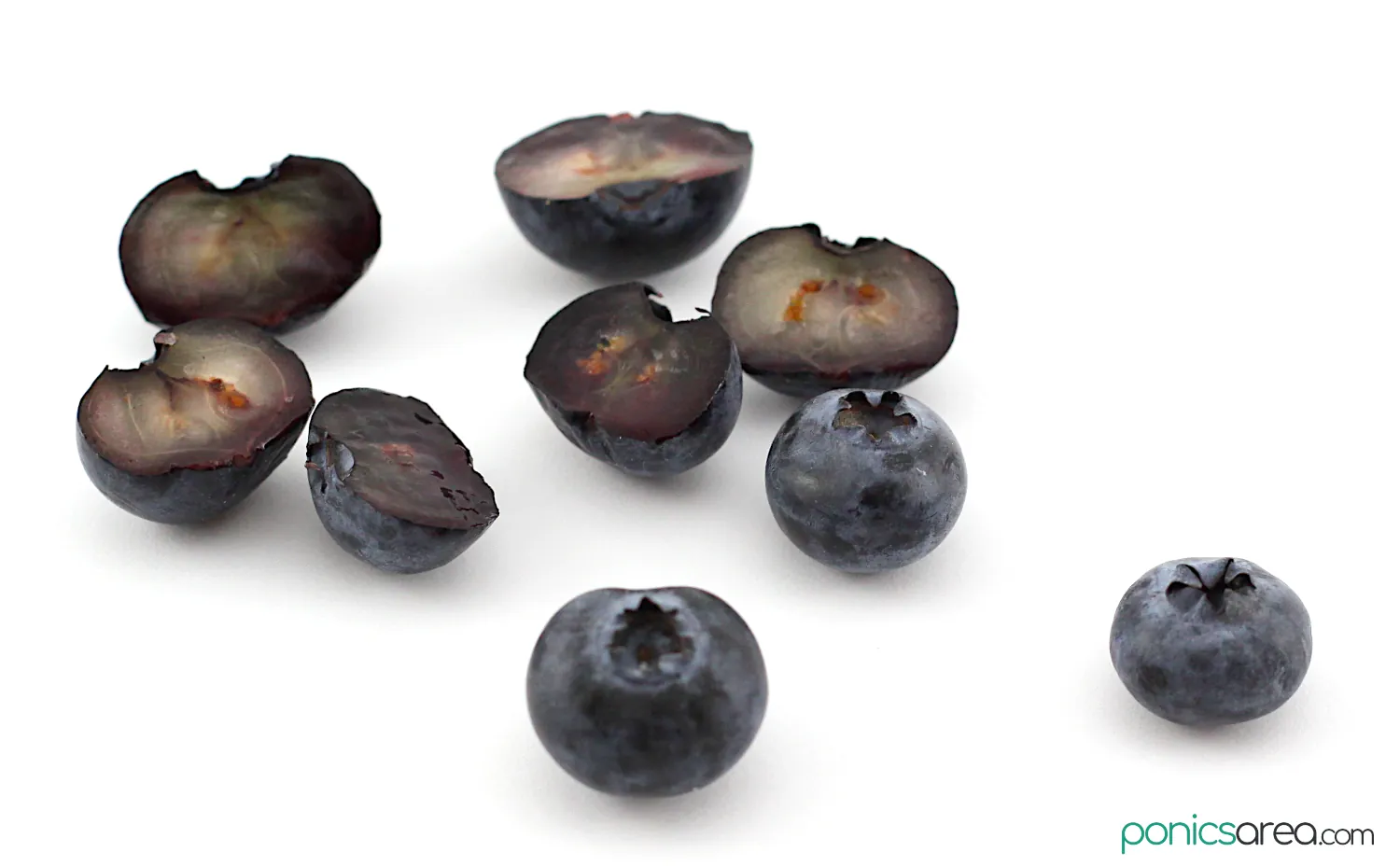
Since absolutely all fruits have seeds and that’s one of the main things they’re characterized by, there’s just one conclusion we can draw, even if we’re not seeing them: blueberries have seeds.
Both highbush and lowbush (wild) blueberries have seeds.
In nature all fruits have seeds. It’s also why tomato is considered a fruit, though it can also be called a vegetable, both are acceptable and true.
If we’re talking about seedless fruits, the most common are banana, grapes, watermelons, tomatoes, and seedless citrus fruits (oranges, lemons, limes). None of the berries are on the list.
How many seeds are in a single berry?
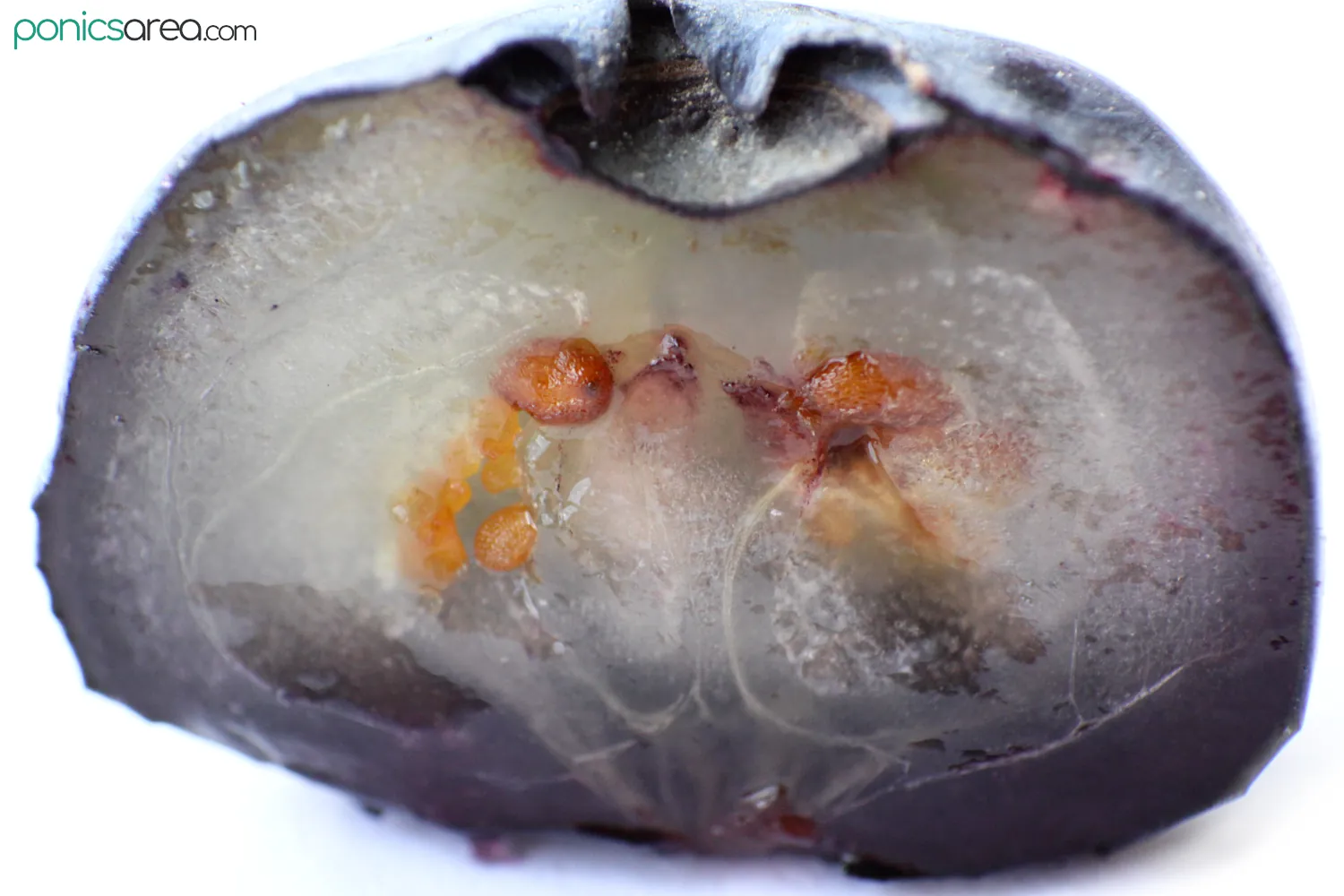
Prepare to be completely surprised because there are as many as 50 seeds per blueberry.
Since we mostly eat these tiny delicious berries without even noticing their seeds, that high number is a total unexpected surprise.
Why do we ask do blueberries have seeds?
Because they’re absolutely tiny and they’re hidden inside. If you’re eating blueberries, you won’t feel the seeds at all.
You could go your whole life popping blueberries into your mouth and not feel the seeds. Just the delicious pillowy texture.
You wouldn’t get to wonder do raspberries have seeds because they’re so many and they get so easily between our teeth that they’re basically screaming to the world how many seeds they have. They’re also very tough and I find myself trying to break them with my teeth. The same goes for blackberries.
Strawberries display their seeds with pride on the outside so, there’s no wonder about them either.
Easy way to tell that they have seeds
Cut the fruits in two and you’ll see the seeds. Their color can be described as dark orange, light brown with reddish hues. As you can see, I’m really not good at describing colors.
Those who are into the habit of making smoothies have seen the answer to the question do blueberries have seeds every time they’re making a smoothie.
The blender cannot pulverize them completely. The result is a beautiful smoothie with very tiny seeds that look like tiny dark dots.
Characteristics of Blueberries
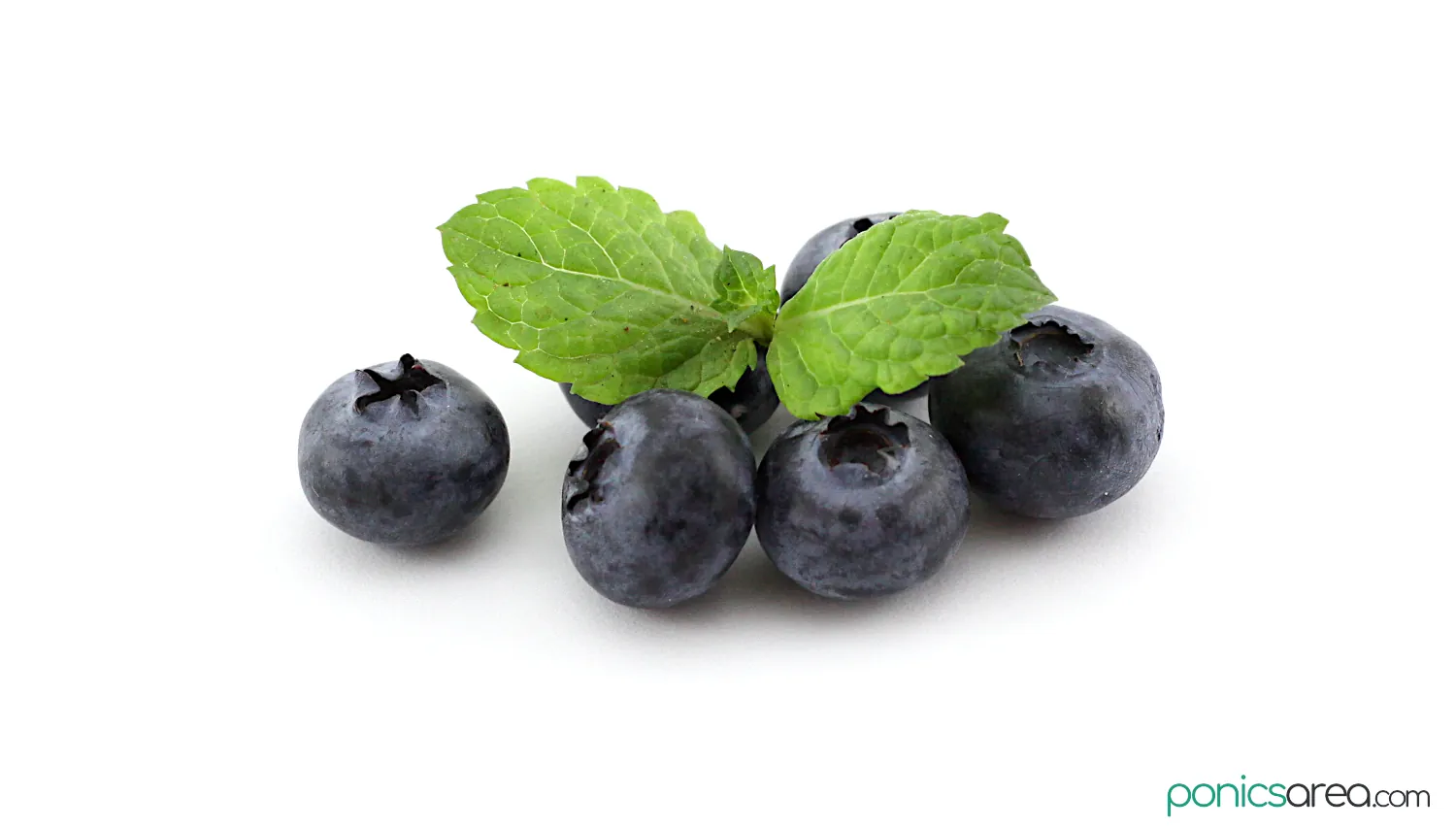
- native to North America, a species that evolved in swamps, wetlands, streamsides
- they belong to genus Vaccinium, there are more than 40 species of Vaccinium shrubs of edible berries, including cranberries and huckleberries
- plant type: a fruit shrub
- the shrub can have a height and width between 1 and 12 feet (0.3 and 3.6 meters) – it depends on the variety
- it can take as much as 10 years until it reaches maturity and full size
- the color of the flowers is white
- highbush blueberries are commercially grown
- lowbush blueberries grow in the wild or on farms, they thrive in colder regions, only grow to about two feet, these are hardy plants
- for both kinds, their seeds are pretty similar
- wild blueberries have a more intense flavor, they’re very sweet, I hope you get the chance to taste them
- regarded as one of the healthiest fruits, very high in antioxidants – if we’re talking about superfoods, these fruits will be at the top of the list
Buy a Blueberry Plant from a Nursery
Should you actually want to grow a blueberry plant from seeds?
I’m asking that because there’s a very simple way to grow a blueberry plant: buy the grown plant from a nursery and plant it in your garden.
Buying a 2 year old blueberry plant from a nursery is the best option, from my point of view.
That’s what I did for my blueberry plant but also for my raspberry, blackberry, and currant plants and I couldn’t be more happier with my choice to buy them from a nursery.
You should buy a blueberry plant from a nursery in early autumn and plant it then.
Another good time is when the plant is dormant, like in the winter (December, January) or in the early spring if the land needs to thaw.
For transplanting, dig holes that are 2 times the diameter of the root ball. Place them a bit deeper than how the nursery was offering them.
1. Southern Living ‘Takes The Cake’ Blueberry
For a decent price you’ll get a 2 gallon live blueberry plant that looks awesome.
It is mostly recommended for USDA Zones 7-9.
The size of the plant is really impressive: 4-5 feet high x 3-4 feet wide. It is a mature blueberry plant and that is the size that it matures too. It won’t grow much bigger than this, all you have to do is to wait for it grow fruits.
However, even as a decorative shrub it looks beautiful.
Just remember to water plants immediately upon arrival.
If you are successful, it will grow rich blue berries. It produces robust and tasty berries with a nice firmness.
The planting instructions are pretty easy to follow but we are advised to plant with at least 1 other variety of blueberry for good cross-pollination. That means that you’ll have to buy a second variety blueberry plant that is different from the ‘Takes The Cake’ variety.
The other transplanting instructions are: water before planting, plant in full sun, dig hole 3 time bigger than the width of pot, backfill and plant 1″-2″ above soil level, water and add more soil if needed, and mulch plants.
Mulching blueberry plants keep weeds out and adds organic material to the ground. You can use pine mulch or pine needles.
2. Green Promise Farms Bushel and Berry
Some buyers mention that their plants produced fruits the same year they bought the blueberry plants. That’s incredible really.
It’s a 2 gallon plant so we can expect the age of the plant to be around 24 to 30 months. That’s awesome.
The plant is fully rooted in the soil and can be planted immediately upon arrival, weather permitting.
Recommended for USDA Zones 5-8.
This variety matures at 2-3 feet height and mature spread is 2-3 feet.
How soon will a blueberry live plant produce fruits?
This is the difficult part.
Even if you’re trying to speed up the process by buying a nursery plant, you will still have to wait 3 or maybe even 4 years before your plant will produce blueberries.
You should pinch the flowers off the plant for the first two years after transplanting. It will enable the plant to establish a heavier root system and foliage for a bountiful yield after those first 2 years.
The time frame can also depend on the age of the plant you’re buying.
According to this article, you can approximately tell the age of blueberry plants growing by the size of the nursery pots in which they’re growing:
- 12 to 18 months for 1 gallon pot
- 24 to 30 months for 2 gallons pot
- 36 to 48 months for 3 gallons pot
Do you need both male and female blueberry plants?
No because these plants are self-pollinating, each flower has the necessary male and female parts.
You can still buy different varieties for cross-pollination, which can lead to bigger fruits and a bigger yield.
Through cross-pollination by a second variety, you will obtain larger fruits. Bees and wind help bushes to cross-pollinate but they still need to be planted near each other.
Make sure to choose varieties that perform well in your region.
How to Grow Blueberries from Seeds
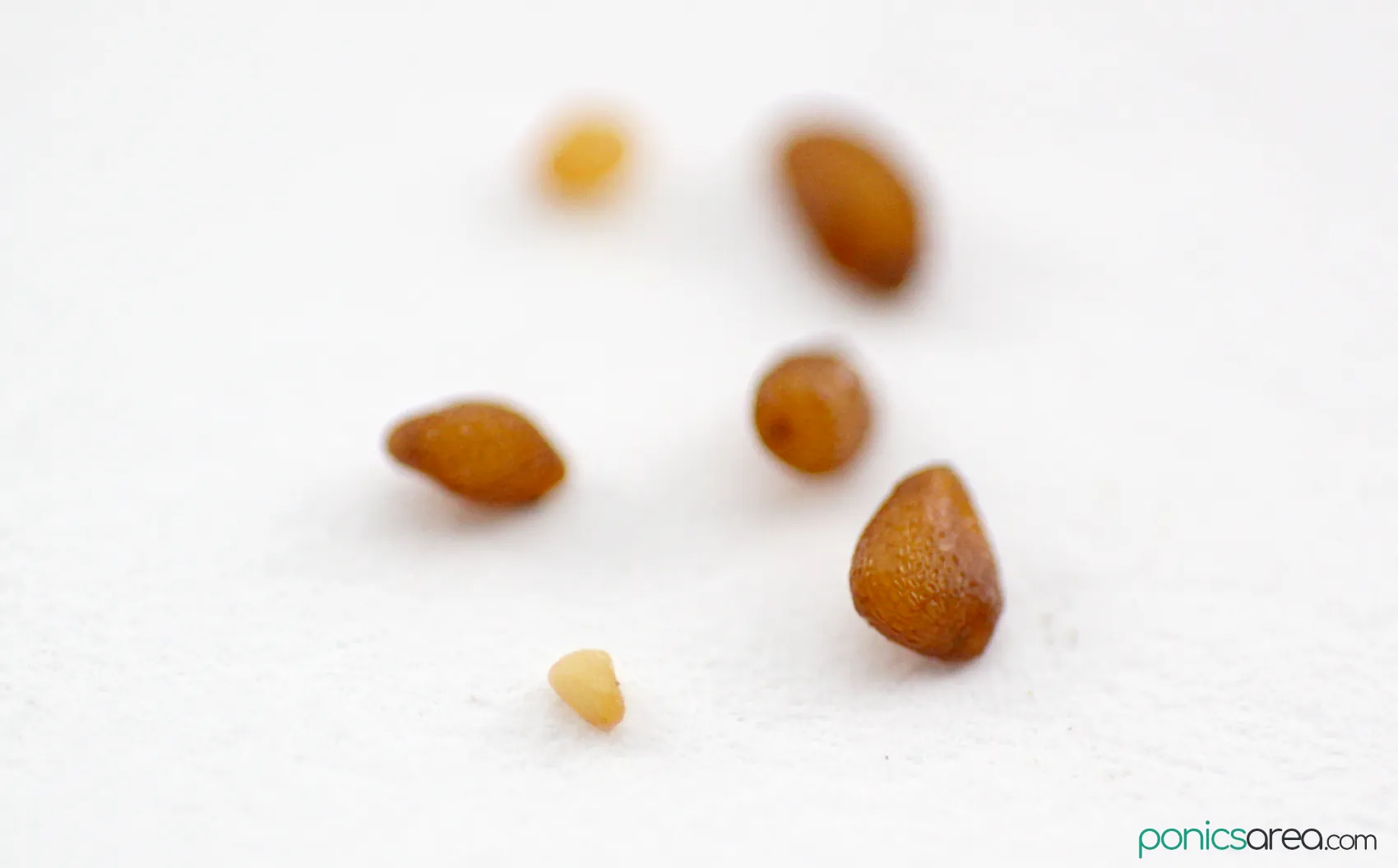
Small blueberry seeds
Can you grow blueberries from seeds?
Of course you can. That’s the whole point of those seeds. Plus, I wouldn’t be able to write an article on any plant without talking about how you can propagate or grow it.
We’ve already answered the question do blueberries have seeds. Now, it’s time to answer some other interesting questions, like what we can do with those seeds.
First thing first, you should buy the blueberry seeds if you want to grow the plant from basically zero.
You can also extract the seeds from fruits by yourself but there is a lower chance of success.
Ways to extract seeds from blueberries
According to The University of Maine, you can obtain seed from blueberries that have been frozen at least 90 days.
The whole freezing period breaks the nest period.
You don’t need many seeds for obtaining a considerable number of seedlings.
In order to extract the seeds, you need to thaw the blueberries and then crush the fruits. You can mash them by using a blender or a food grinder.
Mash the fruits
You can mash them by hand or with a potato masher or by using a food grinder. The whole separation procedure will only take 5-10 minutes.
Put the mashed fruits in a jar and then pour water over them.
Gently swirl the jar, while also continuously removing the pulp, which will float at the top. The seeds will set to the bottom of the jar. You have to do that until there’s no more pulp left.
Place the seeds on a towel to dry them. The pulp can be used for making desserts/smoothies, don’t throw it away.
Sowing & germination
The best time to start germinating blueberry seeds is in January or February.
You should sow the seeds in a 3 inch box that’s filled with finely ground moist sphagnum moss.
Spread them evenly and then just cover them with a thin layer of moss. Thin is the crucial word in this operation.
Keep the moss moist. As you’ll discover, this plant likes moist soil but not soggy, just like basil or citrus trees.
The temperature should be warm, 60 to 70 degrees Fahrenheit.
Cover the box with a newspaper.
The germination will happen in a month, at which point you have to remove the newspaper.
Once the tiny seedlings appear, the box should be placed in sunlight, in the greenhouse or on the window sill.
Let the seedlings grow in the moss until they are 2-3 inches tall.
Moving the seedlings
Once they’re tall enough, the seedlings should be moved in 2 or 3-inch pots containing a mix of 1/3 peat, 1/3 sand, and 1/3 soil.
Water the seedlings well. Place the pots in sunny locations.
Once the weather starts to really warm up, you can remove the mix from the pots and transplant the grown and strong seedlings in the ground.
Choose an open, sunny location. It should receive at least 6 to 8 hours of unobstructed light per day.
Continue watering well throughout the summer.
Soil, pH, Moisture
This plant prefers a soil that is acidic (pH 4.5 to 5.5) and uniformly moist but not soggy. It’s extremely important to use acidic soils that are well-drained.
You can prepare the planting place by adding some compost or organic matter. Rich compost can also make the soil more acidic.
You can add granular sulfur to the soil to get that low pH, it’s the preferred choice for organic farmers.
Another option is to add peat moss to the hole. Peat moss is also used as a hydroponic growing medium because it can hold moisture for quite a long time to deliver it to the roots, which a blueberry plant will love.
Add a protective covering of mulch to prevent weeds and to minimize fluctuations in soil moisture. You can also use sawdust if you don’t have hardwood bark mulch.
If you don’t have the right soil in the garden, just use large containers to grow them in.
In the end, I decided to include a small guide on how to grow blueberry plants from seeds because it might be something you want to know.
But I’m pretty sure that most of you were just wondering do blueberries have seeds and you were just looking for a short answer to that.

